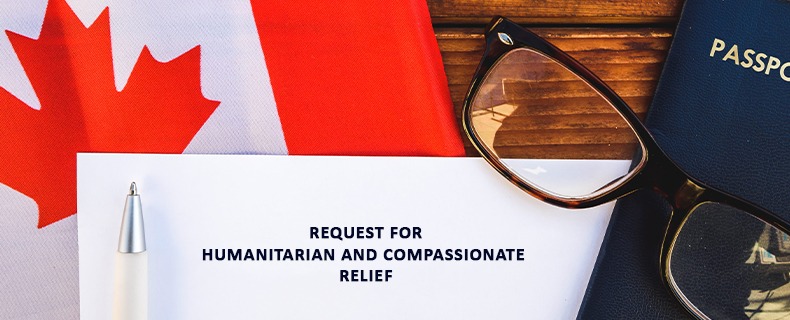
November 25, 2020
Canadian Immigration Misrepresentation Findings and the Role of Humanitarian and Compassionate Relief
An applicant as well as their family members can be found inadmissible for misrepresentation. A common finding these days in refused applications. Paragraph 40(1)(a) of the Immigration and Refugee Protection Act (IRPA) provides:
40. (1) A permanent resident or a foreign national is inadmissible for misrepresentation
(a) for directly or indirectly misrepresenting or withholding material facts relating to a relevant matter that induces or could induce an error in the administration of this Act;
The penalty for a finding of misrepresentation is grave as an applicant is deemed inadmissible to Canada and barred from applying for permanent residence for five years. Given the severe penalties, findings of misrepresentation must not be taken lightly and should only be made where there is clear and convincing evidence. An application must be considered in its totality and cannot be compartmentalized, particularly when making a finding of misrepresentation. Further, decision-makers must recognize that honest errors and misunderstanding sometimes occur in filling out application forms. Not all technical misrepresentations warrant a finding of inadmissibility. Where a finding is likely there may be another option.
In the appropriate circumstances, applicants may also request humanitarian and compassionate (H&C) relief. Subsection 25(1) of the IRPA requires that an inadmissible applicant’s circumstances be examined by the Minister upon the applicant’s request and allows for the granting of permanent resident status or an exemption from otherwise applicable criteria or obligations if justified based on H&C considerations. As established in Chirwa v. Canada (M.C.I.) (1970), 4 I.A.C. 338, pg. 350 and also confirmed in Kanthasamy: Kanthasamy v. Canada (M.C.I.), 2015 SCC 61, par. 13:
[…] humanitarian and compassionate considerations refer to “those facts, established by the evidence, which would excite in a reasonable man [sic] in a civilized community a desire to relieve the misfortunes of another — so long as these misfortunes ‘warrant the granting of special relief’ from the effect of the provisions of the Immigration Act”.
(See also Abeleira v. Canada (M.C.I.), 2017 FC 1008, par. 32)
Following Kanthasamy, Officers are not to focus just on hardship in determining whether special relief should be granted, Officers must consider H&C factors “in the broader sense.”
Applicants requesting H&C consideration of their application should the Officer conclude that there was a misrepresentation pursuant to subsection 25(1) of the IRPA, are asking Officers to alleviate the consequences of a finding of misrepresentation. As noted by this Court in Aboubacar, “[s]ection 25 is directed to whether an exception should be made to the usual application of the IRPA laws and regulations. If the usual laws and regulations are considered to be dispositive of the outcome of a section 25 application, section 25 becomes a hollow exercise.” So, officers cannot just rely on the misrepresentation to also refuse an H&C request.
The purpose of making an H&C request is to seek an exemption from a rigid application of the law due to a noted inadmissibility, and officers must balance the relevant factors. Dismissing the H&C request through the application of the usual laws and regulations is contrary to the purpose of section 25 of the IRPA. Officers must justify why an exemption from a rigid application of the IRPA is not warranted. Ultimately officers are required to undertake an individualized assessment of the circumstances of the Applicants, the context within which their permanent residence application was made, and the implications of a negative decision. Again, the proper focus of an H&C consideration is on the hardship and any broader H&C factors bearing on the decision that might warrant the granting of special relief from the rigid application of the law, regulations, and policy.
To learn more about misrepresentation and humanitarian and compassionate applications click here.
